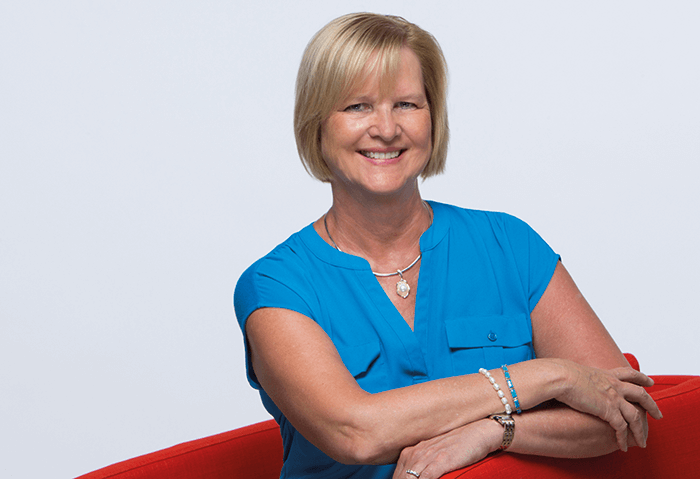
Mass Spec Mentor
Sitting Down With... Barbara Larsen, Technology Fellow at DuPont, Wilmington, Delaware, USA.

False
Sitting Down With... Barbara Larsen, Technology Fellow at DuPont, Wilmington, Delaware, USA.

Receive the latest analytical science news, personalities, education, and career development – weekly to your inbox.

After studying biology at Imperial College London, I got my start in biomedical publishing as a commissioning editor for healthcare journals, and I’ve spent my career covering everything from early-stage research to clinical medicine.
False
False

April 3, 2025
13 min read
Computers can “see” and “hear,” but fully digitizing scent has so far eluded science – but that may soon change

December 3, 2024
3 min read
Syft Technologies’ William Pelet introduces the Syft Explorer – the world's first fully mobile, real-time, and direct trace gas analyzer

December 5, 2024
6 min read
Thermo Fisher Scientific’s high-sensitivity mass spec for translational omics research – the Stellar MS – is ranked 4th in our annual Innovation Awards
False